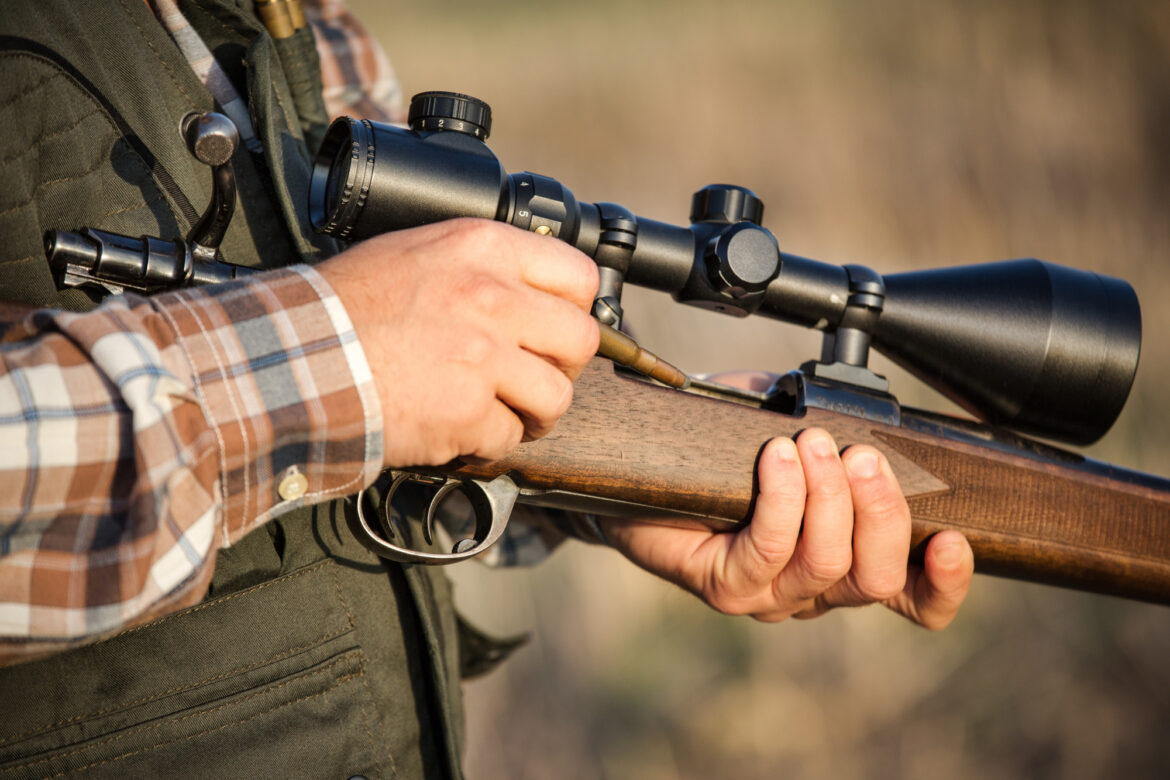The Complete and Only Firearm Safety Checklist You’ll Ever Need
Over 30% of Americans own a personal firearm. The 2nd Amendment makes it possible for Americans to embody the spirit of personal freedom and participate in firearm ownership.
Although firearm owners use their guns for personal safety, hunting, or sport, all should abide by the same basic principles of gun safety. Keep reading to learn more about firearm safety.
Pointed in a Safe Direction
The primary rule in firearm safety is to always treat a gun like it is loaded, even if it isn’t. This means never pointing the muzzle directly at someone or something you don’t intend to shoot. A misfire can be a simple accident, so these rules are implemented to ensure that there are no accidental casualties.
Whenever you are near a gun, you need to be mindful of this rule, particularly when you are loading and unloading ammo. Gun owners need to always be on high alert of their surroundings, especially in the event of an accidental discharge while loading the chamber.
“Safe” directions are typically up in the air or down at the ground. Having your gun pointed in a safe direction means that even in the event of a misfire, the bullet wouldn’t hit anyone directly. New gun owners need to make a habit of keeping their guns pointed in a safe direction.
Use a Trigger Lock
Trigger locks fit over the gun’s trigger and trigger guard to prevent a gun from being fired. There are versions of this protective device. Some require a key or combination to unlock the gun’s trigger.
Trigger locks are not designed to go on loaded guns, and are primarily designed for even more secure storage. These tools are typically used for safe firearm storage, in addition to a lockbox or safe.
Complete Gun Safety Training
If you are considering getting a firearm for your home, everyone with access to the weapon should be exposed to firearm safety curriculum. Proper training will allow members of your household to safely handle a gun.
Firearm training will teach you to double down on safety protocol and familiarize yourself with the ins and outs of a gun. Safety training can decrease your chance of misfires and accidents. Gun safety training will instill respect and responsibility among all course participants.
Lubricate Your Gun
Guns require lubrication in order to fire efficiently. As a gun owner, you should learn the proper balance when it comes to lubricating your firearm. Every gun’s lubrication needs vary, so as a new owner, you should familiarize yourself with what works.
The goal of lubricating your gun is to reduce the friction between the different parts of the gun. Over lubrication is usually a result of neglecting to clean your gun. If too much oil accumulates in your gun, the action could be delayed.
A gun that is under lubricated can easily oxidize and rust. When a handgun or bullets rust, they can cause a misfire.
Routinely Clean Your Weapon
Cleaning your weapon allows you to increase the firearm’s longevity, maintain proper functionality. By disassembling and reassembling your Henry tactical gun, you will be able to deeply familiarize yourself with your weapon. Routinely cleaning your weapon can help you combat dirt and residue build-up.
Gun maintenance allows you to prolong the functionality of your weapon. The build-up of debris, dirt, and grime can damage the internal firing mechanisms of the gun. When you fire your gun, residual particles from the bullet and gun powder stick in the barrel.
If your weapon lays idle for too long, the residue can even cause a firing failure or need for repairs. New gun owners need to familiarize themselves with the best practices for routine gun maintenance.
Store Guns and Ammo Separately
Secure storage of your firearm is one of the most important aspects of gun ownership. Keep your guns and ammo in two separate and secure locations.
Ensure that your firearm is never in the hands of an inexperienced gun user. When a gun is misused, they first question how the user gained access to the weapon. If the misfire became dangerous, the gun owners could get charged with unsafe storage offenses.
For household firearms, your secure locations must be out of children’s reach. When your weapon is not in use, it must be locked away. Keeping your ammunition separate, you can ensure that there are no unintentional misfires.
Wear Appropriate Eye and Ear Protection
When handling a firearm, you should wear eye and ear protection. If you are going to a shooting range, you should bring a pair of glasses and soundproof headphones.
Protective eyewear is suspected to improve accuracy when shooting and protect your eyes from debris. Eyeglasses can protect your eyes from powder blowback and ricochets. Rarely do stray objects come flying backward when firing a weapon.
Hearing protection helps you guard your ears against the powerful sound of a bullet being released. Most firearms produce a sound that is over a 140-dB level, which can be loud enough to cause hearing loss. Earplugs or headphones can help keep a shooter focused while at the range.
Master Firearm Safety
Gun safety training ensures that firearm owners know how to properly store, use and handle firearms. If firearm safety is neglected, guns can be very dangerous weapons. Firearms can be a very useful tool for sport and personal protection.
Liked this article on firearm safety? Check out the rest of our website for more useful articles.




